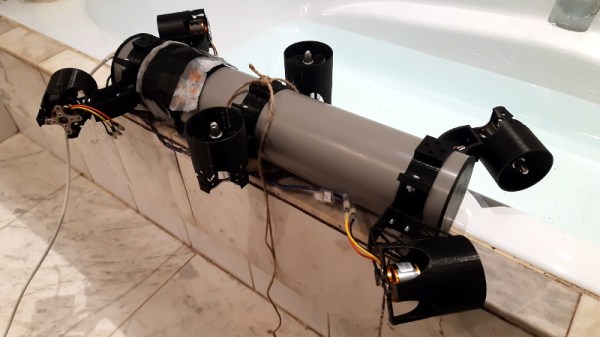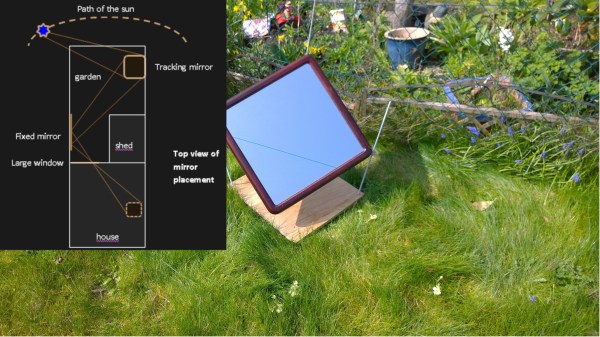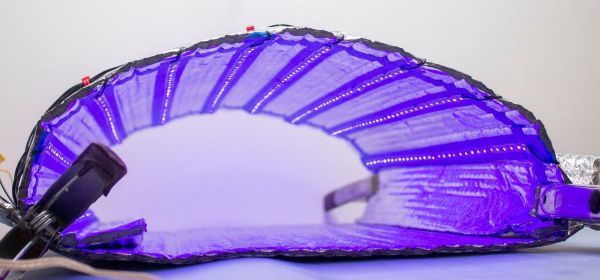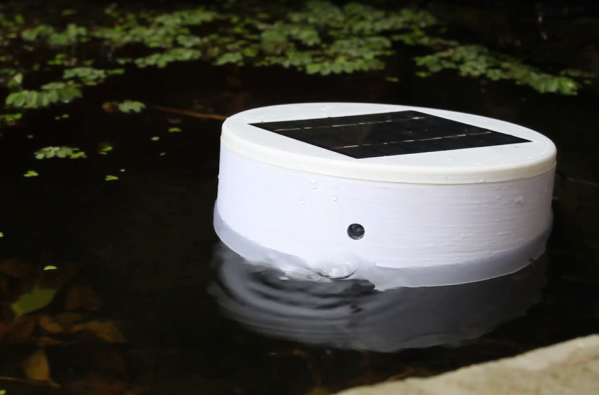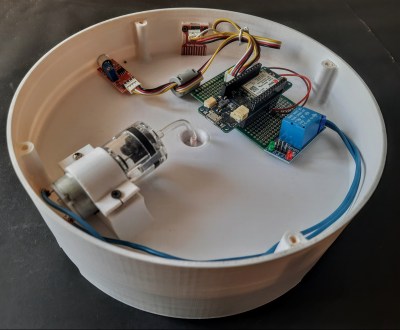Intravenous fluids, or IV fluids, are a vital part of modern life-saving medicine. Depending on the fluids in question, they must often be stored at low temperatures, however, for delivery to a patient, it is beneficial to warm them to approximately 38 degrees to avoid causing hypothermia. To achieve this, an IV fluid warmer is used, but these are not readily available all over the world. To help rectify this shortcoming, [John Opsahl] started the OpenFluidWarmer project.
The goal of the project is to produce a safe, reliable IV fluid warmer that is also easily reproducible. Materials used must be cheap and readily available, and ideally should be easily substitutable where possible to maximise the design’s ability to be built anywhere it’s needed. The name of the project is a nod towards its open design – with the goal of the project to deliver medical equipment to those that don’t have it, there’s little benefit to keeping the design under wraps.
Development continues at a solid pace, with work to optimise the heater performance, firmware, and even the tools required for assembly all documented in the build logs. It’s a project that recalls the scramble earlier this year to create open source ventilators for COVID-19 patients. Ultimately, at the end of the day, it’s about getting medical hardware to where it’s needed most, and we applaud [John]’s efforts in this field! Video after the break.
Continue reading “OpenFluid Warmer Aims To Get Medical Equipment Where It’s Needed”


